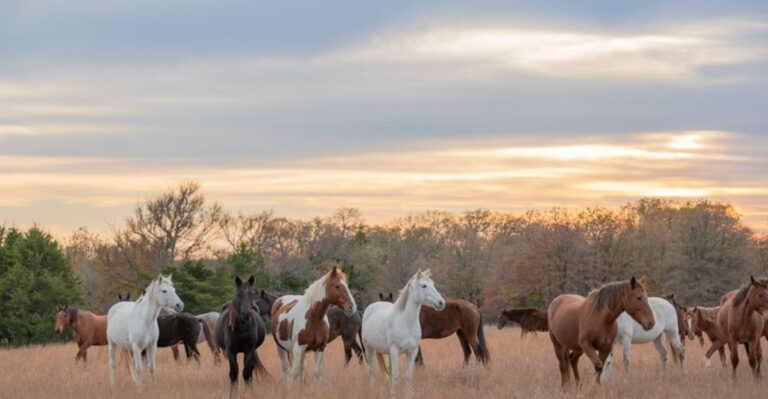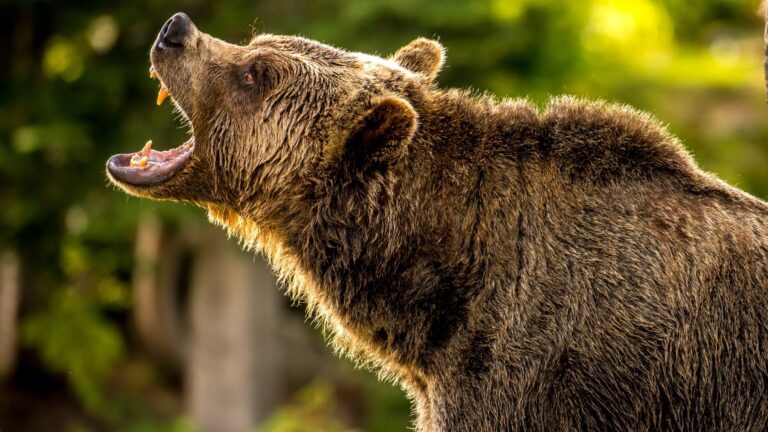Fox Vs Wolf: The Top 5 Differences Of The Gray And Red Canids
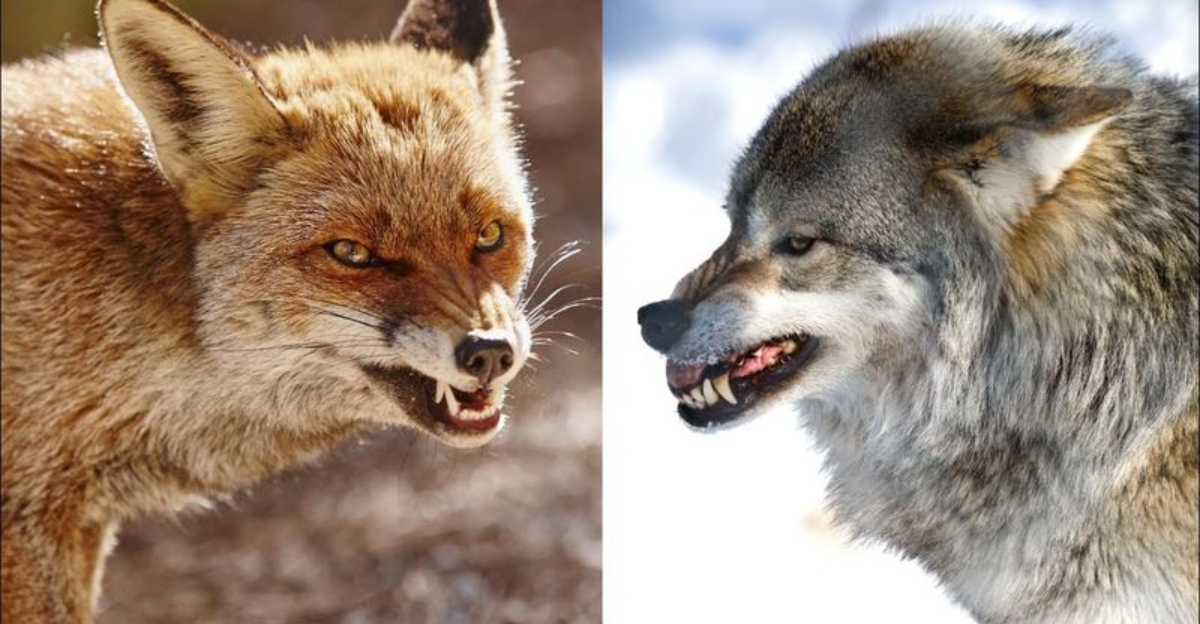
Foxes and wolves are often confused due to their similar appearances, but these fascinating canids are worlds apart in many ways.
From their physical characteristics to their habitats, each has evolved to thrive in different environments. In this article, we will explore the top five differences that set these two incredible creatures apart.
1. Physical Appearance
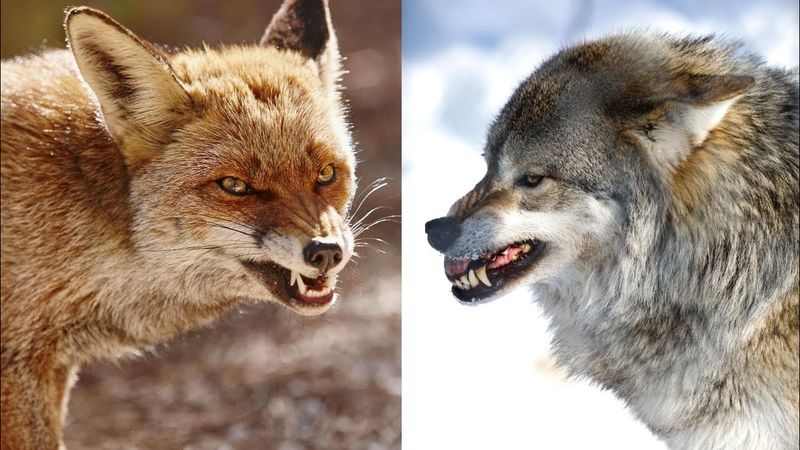
When you glance at a wolf and a fox, their physical appearances stand out as one of the most notable differences. Wolves, particularly the gray wolf, boast a robust and muscular build, often weighing between 50 and 100 kilograms.
In stark contrast, the red fox is much smaller, weighing in at a modest 4.5 to 9 kilograms. This size disparity is not just about weight; wolves are taller and have longer limbs, which aid in their powerful strides across vast terrains.
Their fur color also marks a distinctive difference. While wolves typically display various shades of gray, black, and white, red foxes are renowned for their striking reddish-orange coats. This vibrant color helps them blend into the leafy underbrush, an adaptation to their woodland habitats.
Furthermore, the facial structure of these canids varies significantly. Wolves possess a broader face with a strong jawline, while foxes sport a slender, pointed face with large, bushy tails that often serve a purpose beyond aesthetics, such as balance and warmth.
In essence, the physical characteristics of wolves and foxes are tailored to their respective lifestyles and environments, making them uniquely adapted survivors in the wild.
2. Habitat And Range
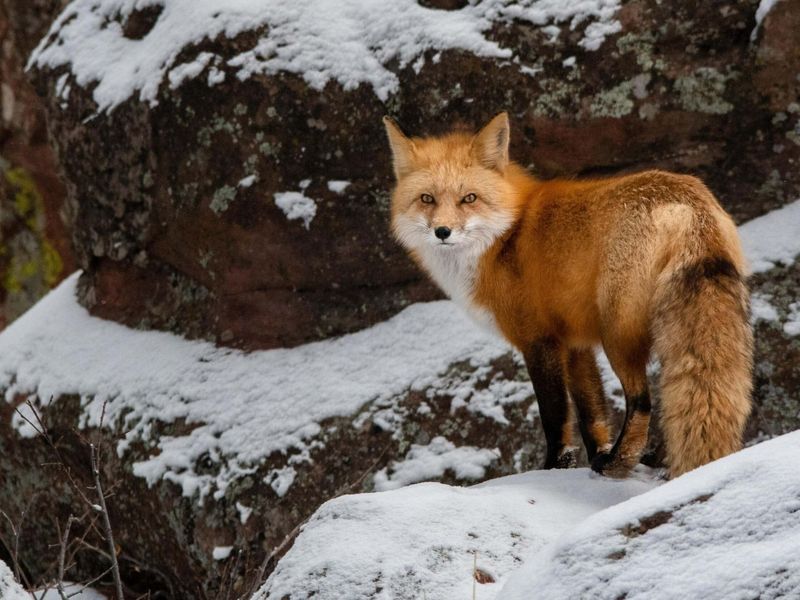
Exploring the habitats of wolves and foxes reveals the remarkable adaptability these animals possess. Wolves are primarily found in the Northern Hemisphere, spanning regions from North America to Eurasia.
They thrive in diverse environments, including forests, tundras, and even some desert regions. This adaptability is a testament to their resilience and ability to hunt in various terrains.
On the other hand, red foxes have an even wider distribution, being one of the most widespread carnivores in the world. They are present in North America, Europe, Asia, and even parts of North Africa.
Foxes have made their home in an astonishing array of environments, from urban areas to rural countrysides. This flexibility in habitat choice has allowed fox populations to flourish, even in proximity to human developments.
Wolves, however, tend to avoid urban areas, preferring the solitude of wilderness regions. This contrast in habitat preference not only highlights their adaptability but also their differing interactions with human populations.
The range and habitat of each species are crucial to understanding their behavior and survival strategies, reflecting their unique evolutionary paths.
3. Social Structure
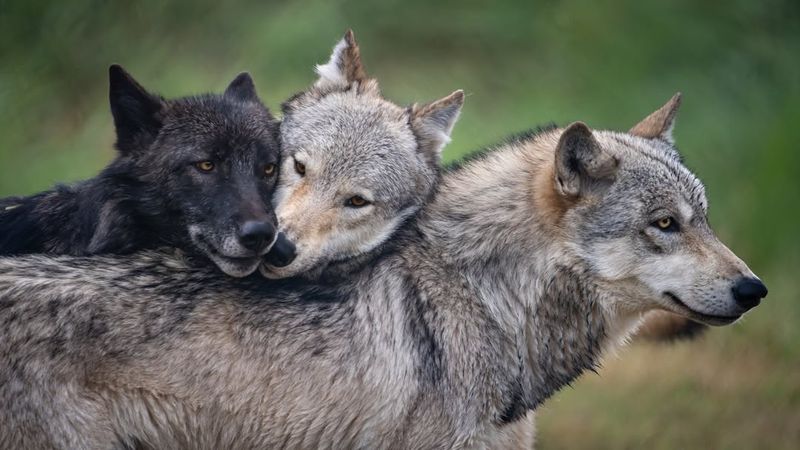
The social structures of wolves and foxes provide a window into their behavioral worlds. Wolves are known for their strong social bonds, often living and hunting in packs.
A typical wolf pack consists of a family unit, led by an alpha male and female. This hierarchical structure is essential for their survival, allowing them to coordinate hunts and care for young pups collectively. The pack dynamic also facilitates learning and communication among members, fostering a close-knit community.
In contrast, red foxes lead a more solitary existence. While they occasionally form loose family groups, especially during breeding season, foxes are primarily solitary hunters.
This independence is reflected in their behavior and hunting strategies, which rely on stealth and cunning rather than coordinated group efforts. The solitary nature of foxes means they must be highly adaptable, often scavenging or utilizing a variety of hunting techniques to secure food.
These differences in social structure between wolves and foxes underline their distinct survival strategies. Wolves’ pack mentality is about cooperation and shared responsibility, while foxes’ independence highlights their resourcefulness and adaptability.
4. Diet And Hunting Strategies
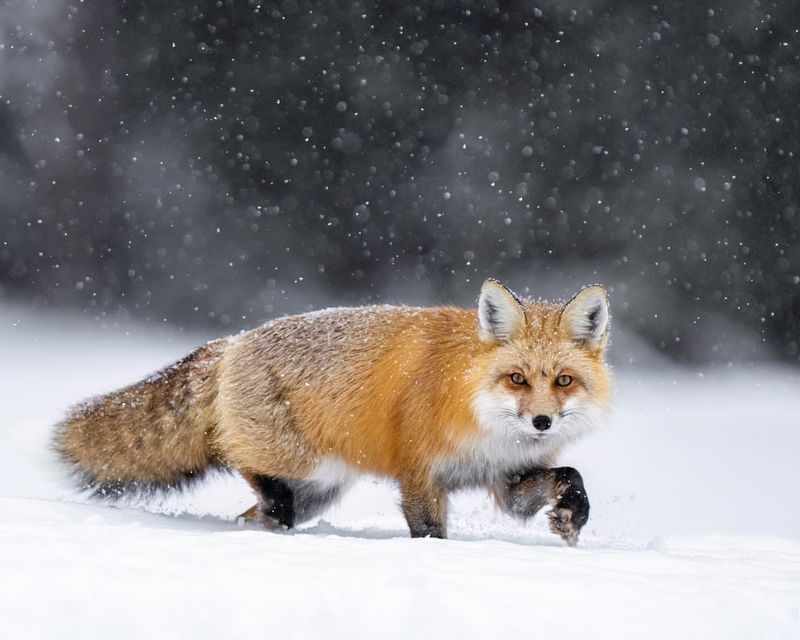
Delving into the diets and hunting strategies of wolves and foxes uncovers fascinating ecological roles and adaptations. Wolves are apex predators, often hunting large prey such as deer, elk, and caribou. Their pack hunting strategy allows them to take down animals much larger than themselves, a testament to their teamwork and coordination.
Wolves rely on endurance and strength, often pursuing prey over long distances until it is exhausted. This cooperative hunting not only ensures a higher success rate but also strengthens pack bonds through shared efforts.
Red foxes, conversely, are opportunistic hunters with a more varied diet. They primarily hunt small mammals, birds, and insects but are also known to scavenge and forage for fruits and vegetables. This dietary flexibility is a key aspect of their survival, allowing foxes to thrive in diverse environments.
Their hunting style is characterized by stealth and agility, often employing a pouncing technique to catch unsuspecting prey. Foxes’ ability to adapt their diet according to availability underscores their versatility as survivors.
The dietary preferences and hunting methods of wolves and foxes highlight their respective ecological niches, emphasizing the diversity within the canid family.
5. Vocalizations And Communication
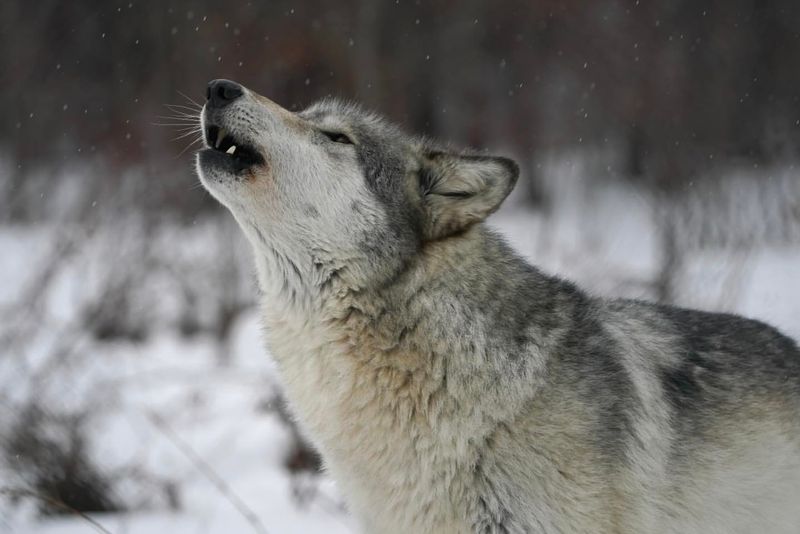
The way wolves and foxes communicate is as distinct as their appearances. Wolves are famous for their haunting howls, a form of long-distance communication that serves multiple purposes. Howling helps maintain pack cohesion, signals territory boundaries, and even coordinates hunts.
Besides howling, wolves use a range of vocalizations, including growls, barks, and whines, each carrying specific meanings understood by pack members. Their communication extends beyond sounds, incorporating body language like tail positions and facial expressions to convey emotions and intentions.
In contrast, the red fox employs a different vocal repertoire. Foxes are known for their sharp barks and eerie screams, sounds that have often been mistaken for other animals in the night. These vocalizations serve different purposes, such as warning of danger, attracting mates, or communicating with kits.
Foxes also utilize a combination of vocal and body signals to interact within their species. While both canids are highly vocal, the content and purposes of their communications reveal their lifestyles.
Wolves, with their complex social structures, rely on a broader range of vocalizations to support pack life, whereas foxes’ communications cater to their more solitary, adaptable existence.


